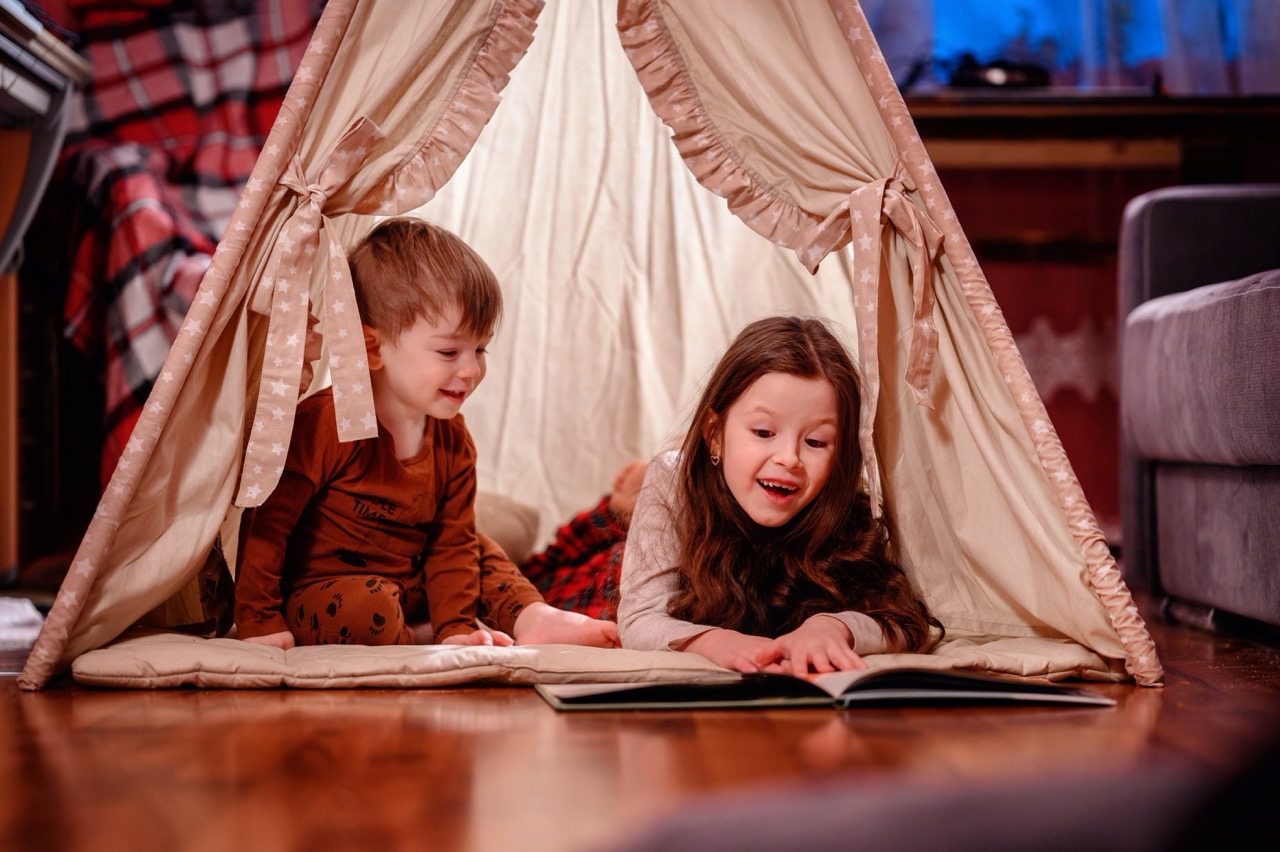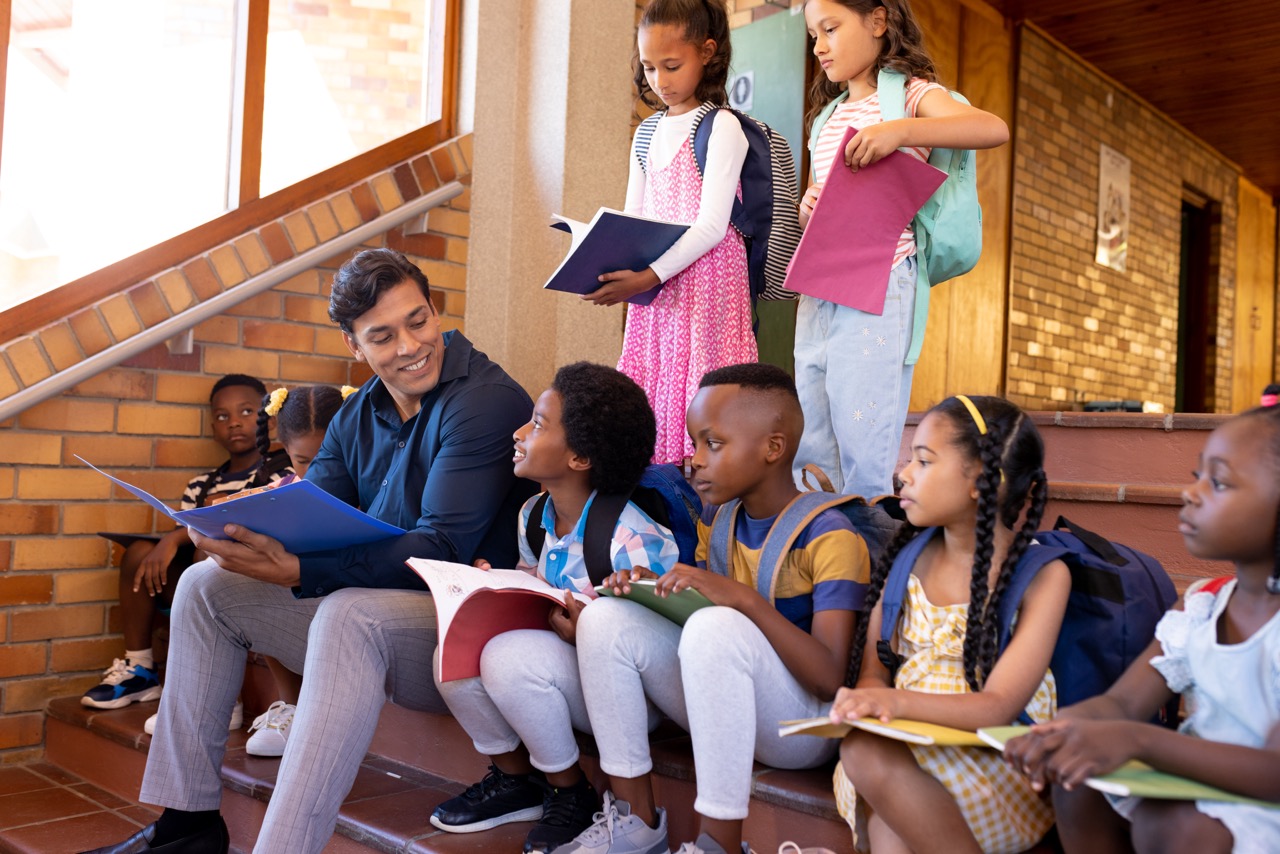Fairytales have long held a significant place in the tapestry of children’s literature, serving as more than mere stories for young listeners. They provide crucial frameworks for understanding morality, imagination, and cultural narratives. Although the core elements of these tales have existed for centuries, they continue to adapt and thrive within the modern literary landscape. This article explores the role of fairytales in contemporary children’s stories, examining their evolution, moral teachings, creative potential, representation, and future in storytelling.
Understanding Fairytales: Foundations of Children’s Literature
From the enchanting tales of Cinderella to the cautionary adventures of Little Red Riding Hood, fairytales have served as foundational texts in children’s literature. These stories often originate from oral traditions, passed down through generations before being written down. In their simplicity, they convey complex themes like love, betrayal, bravery, and the triumph of good over evil, allowing children to grasp fundamental life lessons. The archetypal characters and clear moral dichotomies create a framework that children can easily navigate, making these tales not only engaging but educational.
Moreover, fairytales often introduce young readers to the concept of narrative structure. A classic fairytale typically follows a recognizable pattern: a problem arises, a hero or heroine embarks on a journey, challenges are faced, and, ultimately, a resolution is reached. This predictable framework helps children understand storytelling while also fostering their ability to identify themes and characters in more complex texts. Thus, fairytales lay the groundwork for critical thinking and analytical skills in literature.
Finally, the universal nature of fairytales speaks to the core human experience. Themes of love, loss, and triumph resonate across cultures and time periods, allowing children from diverse backgrounds to connect with these tales. The foundational role of fairytales in shaping children’s literature creates a rich soil from which modern stories can sprout and evolve.
The Evolution of Fairytales in Today’s Storytelling
As society has evolved, so too have fairytales. Modern retellings of classic stories often feature contemporary issues and themes, reflecting the changing values and challenges of today’s world. Authors are reimagining well-worn narratives to address topics such as gender equality, diversity, and environmental awareness. For instance, adaptations of traditional tales now frequently feature strong female protagonists who defy stereotypes and take control of their destinies, thereby illustrating the shifting landscape of gender roles in storytelling.
Additionally, the incorporation of various cultural perspectives has led to a richer tapestry of fairytales. No longer are stories solely rooted in European traditions; authors are drawing from a wealth of global folklore, which broadens the scope of representation in children’s literature. These modern interpretations not only celebrate diversity but also educate young readers about different cultures and the universal themes that bind us all. The result is a more inclusive storytelling environment that acknowledges and respects varied backgrounds.
The digital age has also changed how fairytales are shared and consumed. With the rise of multimedia platforms, children can now experience stories through animations, interactive apps, and audiobooks. This evolution enhances engagement by offering immersive experiences that traditional print mediums cannot replicate. The adaptability of fairytales in different formats demonstrates their enduring relevance, as they continue to captivate new generations of children.
How Fairytales Shape Children’s Morals and Values
Fairytales serve as potent tools for imparting morals and values, often encapsulating life lessons in straightforward narratives. The clear moral lessons woven through these stories, whether it be the importance of kindness, honesty, or perseverance, offer children a framework for understanding right from wrong. These tales often present consequences for characters who act against these morals, reinforcing the idea that choices matter. Through their enchanting plots, children can learn valuable life lessons in a manner that is both relatable and memorable.
Moreover, the characters in fairytales often embody specific virtues, making them role models for young readers. The archetypes of heroes, villains, and wise mentors, each representing various traits, help children identify desirable qualities they can aspire to emulate. For instance, characters like the clever fox or the compassionate princess become symbols of intelligence and empathy, encouraging children to adopt similar values. This character-driven morality creates a lasting impression that influences behavior and decision-making in real life.
Furthermore, fairytales often encourage resilience and courage in the face of adversity. The protagonists typically encounter significant challenges but ultimately triumph through determination and resourcefulness. This narrative pattern not only entertains but also inspires children to face their own difficulties with bravery and confidence. By embedding these lessons in captivating tales, fairytales play a crucial role in shaping the moral compass of young minds.
Fairytales as Tools for Imagination and Creativity
The imaginative worlds of fairytales provide fertile ground for creativity and exploration. The fantastical elements—from talking animals to magical realms—spark curiosity and invite children to envision possibilities beyond their immediate reality. These stories stimulate young minds, encouraging them to think creatively as they engage with the narrative. Fairytales function as gateways to imagination, enabling children to dream big and envision their own adventures.
In addition, fairytales often encourage children to create their own stories. Exposure to rich narratives inspires young readers to craft their own tales, fostering an early appreciation for storytelling. By introducing unique characters and imaginative plots, fairytales serve as templates for children to experiment with narrative structure, character development, and thematic exploration. This creative engagement not only boosts literacy skills but also cultivates a lifelong love for storytelling.
Moreover, the open-ended nature of many fairytales invites reinterpretation and reimagining. Children often take the liberty to alter endings, create sequels, or merge characters from different tales, allowing them to personalize their storytelling experiences. This freedom of creativity nurtures critical thinking and problem-solving skills, as young readers learn to navigate their own narrative pathways. In this way, fairytales empower children to become active participants in their storytelling journeys.
Diverse Representation: Fairytales for Every Child
In recent years, the push for diverse representation in literature has reached the realm of fairytales, aiming to ensure that every child can see themselves reflected in the stories they read. Traditional fairytales have often been critiqued for their lack of inclusivity, primarily featuring Eurocentric narratives and characters. However, a new wave of authors is working diligently to create stories that celebrate varied cultures, ethnicities, and experiences. By reimagining classic tales with a diverse cast of characters, these retellings allow children from all backgrounds to find relatable heroes.
This emphasis on representation is crucial in helping children develop a sense of belonging and understanding of different cultures. When children encounter characters who look like them or share similar backgrounds, it fosters self-acceptance and pride. Furthermore, diverse fairytales introduce readers to new customs, traditions, and perspectives, enriching their understanding of the world. By embracing a multitude of voices and experiences, contemporary authors are ensuring that fairytales remain relevant and meaningful to a broad audience.
Moreover, the celebration of diversity within fairytales has spurred a movement toward empowerment. Modern retellings often feature strong, multi-dimensional characters who challenge stereotypes and break societal norms. These narratives encourage young readers to question prevailing assumptions and embrace their individuality. By showcasing a variety of experiences and identities, fairytales can inspire children to create a more inclusive world, where everyone’s story is valued.
The Future of Fairytales in Modern Children’s Narratives
As we look toward the future, the role of fairytales in children’s literature seems poised for continued evolution. The integration of technology offers exciting new avenues for storytelling. Interactive digital platforms allow for immersive experiences where children can engage with narratives in ways that were previously unimaginable. These advancements not only keep fairytales relevant but also provide opportunities for innovative storytelling techniques, expanding the boundaries of how we define a fairytale.
Furthermore, the growing awareness of social issues, such as climate change and mental health, is likely to inform the themes and narratives of future fairytales. Authors and illustrators are increasingly willing to tackle complex topics within the framework of children’s stories, promoting awareness while remaining sensitive to young readers. By embedding these crucial issues within the enchanting worlds of fairytales, authors can educate and inspire children to engage with the pressing challenges of their time.
Ultimately, the future of fairytales in modern narratives lies in their ability to adapt while retaining their core essence of wonder, adventure, and morality. As long as storytellers continue to draw from the well of human experience and imagination, fairytales will remain a vital part of children’s literature. By nurturing creativity, promoting diversity, and addressing contemporary issues, fairytales can evolve while still capturing the hearts of children for generations to come.
Fairytales have undeniably shaped the landscape of children’s literature, serving as essential tools for moral education, creative exploration, and cultural representation. The evolution of these narratives reflects the changing values of society, making room for diversity and inclusivity while also addressing contemporary issues. As we embrace the future of storytelling, fairytales will continue to inspire, educate, and ignite the imaginations of children around the world, ensuring their place in the hearts of new generations.










